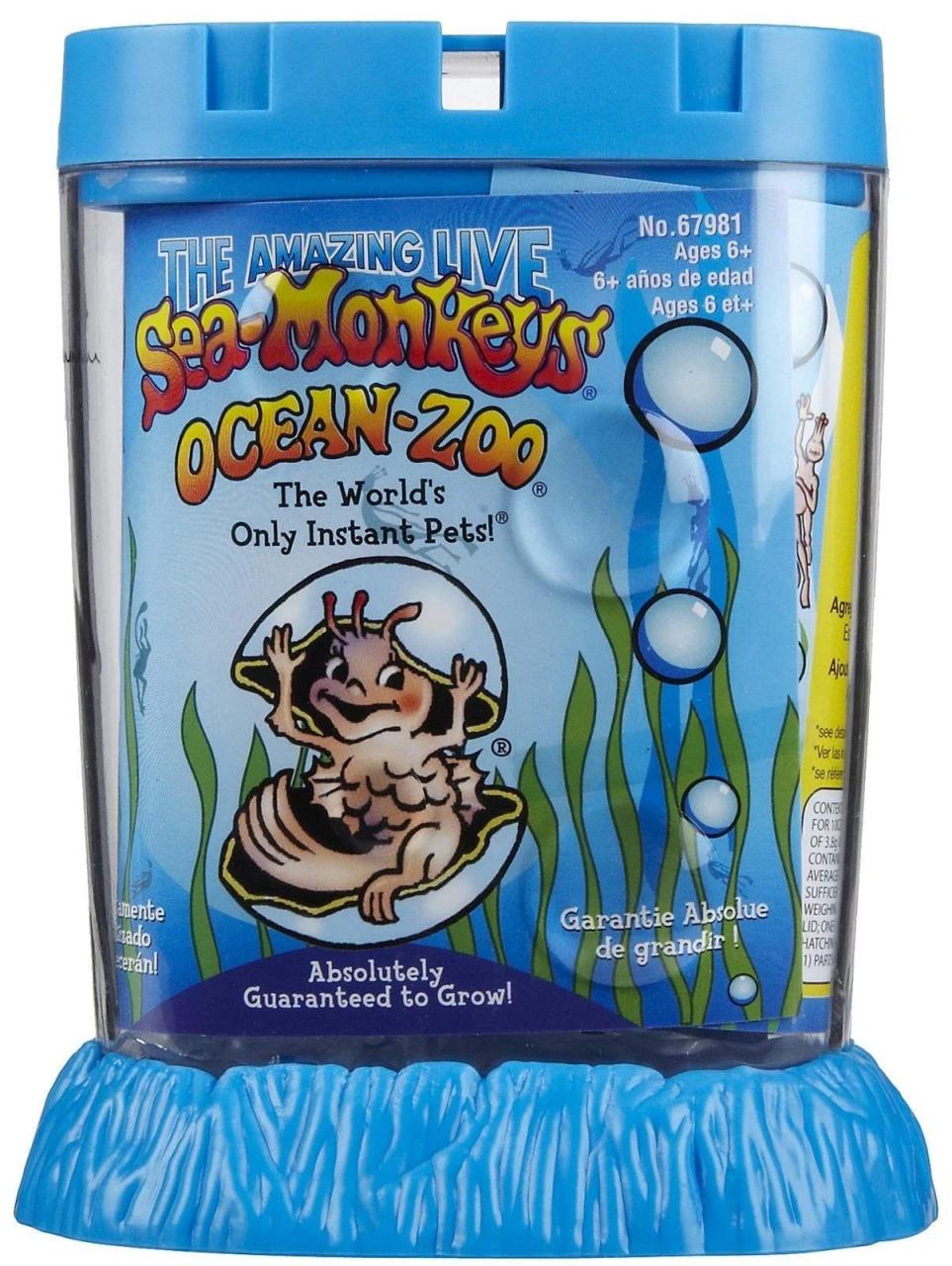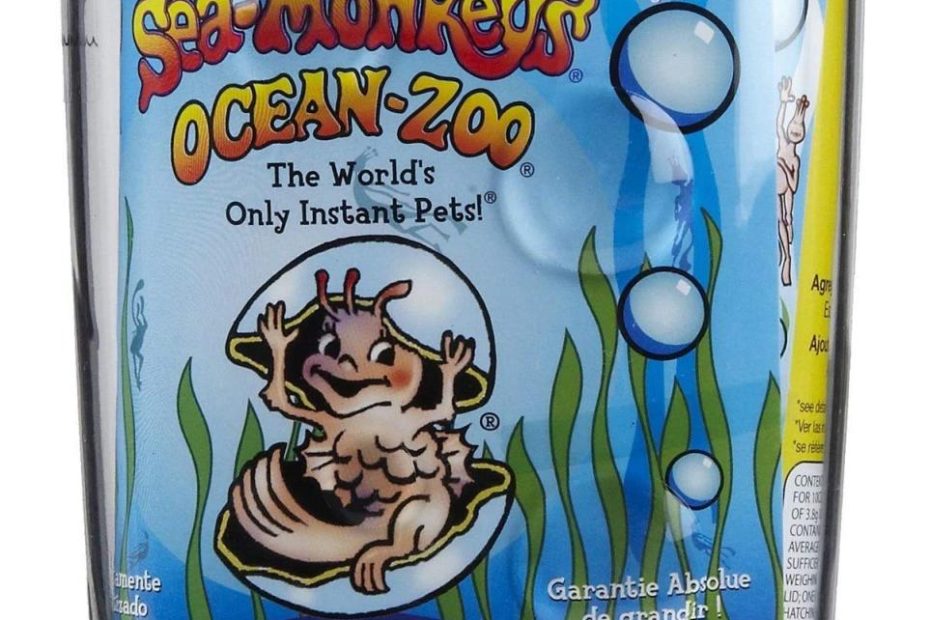Top 74 What Are The Black Dots In My Sea Monkey Tank Update
How To Top Up Your Sea Monkey Tank
Keywords searched by users: What are the black dots in my Sea Monkey tank black dots in sea monkey tank, sea monkey eggs, sea monkeys hatched then died, pregnant sea monkey, why are my sea monkeys swimming upside down, brown sea monkey, dead sea monkey, sea monkey swimming in circles
What Is The Gunk At The Bottom Of My Sea-Monkey Tank?
Understanding and Dealing with Sediment Buildup in Your Sea-Monkey Tank
Have you ever wondered about the mysterious buildup of sediment at the bottom of your Sea-Monkey tank? If so, here’s a handy guide to help you address this common issue and maintain a healthy environment for your tiny aquatic friends.
Over time, debris, uneaten food particles, and other organic matter can accumulate in your Sea-Monkey tank, forming what we’ll refer to as “gunk.” This gunk can not only create an unsightly appearance but also affect the water quality, potentially leading to foul odors and harming your Sea-Monkeys.
To address this concern, follow these steps:
Step 1: Cleaning the Tank
Begin by using a paper towel to gently wipe away the gunk from the bottom and sides of the tank. Ensure you’re thorough but careful to avoid disrupting your Sea-Monkeys.
Step 2: Tackling Crevices
Sometimes, gunk can accumulate in hard-to-reach crevices within the tank. To address this, use a Q-tip or a similar small, soft tool to carefully clean out any remaining debris from these areas.
Step 3: Checking Water Quality
After cleaning, take a moment to smell the tank water. If it no longer emits a foul odor, this is a good indicator that you’ve effectively removed the gunk and improved the water quality.
Step 4: Reintroducing Your Sea-Monkeys
Once you’re satisfied with the cleanliness of the tank and the water quality, it’s time to return your Sea-Monkeys to their habitat. Carefully pour the treated water back into the tank and reintroduce your Sea-Monkeys to their clean and refreshed environment.
By following these steps, you can ensure a clean and healthy home for your Sea-Monkeys, allowing them to thrive and flourish in their aquatic world. Regular maintenance of your tank will help prevent gunk buildup and maintain a pleasant living space for these fascinating creatures.
What Is The Sediment In My Sea-Monkey Tank?
Have you ever wondered about the sediment that accumulates at the bottom of your Sea-Monkey tank over time? This sediment is a mixture of various elements, including leftover food, algae growth, waste products, and unhatched eggs. As your Sea-Monkeys mature, it’s entirely natural for this sediment to form, and it doesn’t pose any immediate harm to your tiny aquatic companions. Interestingly, Sea-Monkeys appear to derive some enjoyment from sifting through this somewhat murky basin as part of their natural behavior. So, the sediment in your Sea-Monkey tank is an integral aspect of their environment, providing them with both sustenance and entertainment as they grow and thrive.
What Are The Black Spots On Brine Shrimp?
Have you ever wondered about those mysterious black spots that sometimes appear on brine shrimp? These black spots are a result of a natural process that occurs within hours or days after the shrimp have been harvested. The darkening of the shrimp’s shell is caused by an enzyme-driven oxidation process, similar to what happens when you cut open an apple and it turns brown. It’s important to note that these black spots are not harmful to eat and do not indicate spoilage in the shrimp. However, they can affect the shrimp’s visual appeal, making them less attractive to consumers. So, if you come across black spots on your brine shrimp, rest assured that they are harmless, though they might not look very appetizing. This phenomenon is a natural occurrence and does not pose any health risks when consuming the shrimp.
Found 30 What are the black dots in my Sea Monkey tank




Categories: Found 71 What Are The Black Dots In My Sea Monkey Tank
See more here: g3magazine.com

A sick Sea-Monkey may stop swimming, change colors or develop strange body markings. Sea-Monkeys whose tanks develop black spots need to be treated with medicine called “Sea Medic,” or they will die.You can use a paper towel to clean out the bottom and sides of the tank. You can also use a Q-tip to clean out any gunk in the crevices of the tank. Smell the tank water to check that it no longer smells foul. Then, put the water back in the tank, followed by the sea monkeys.As your Sea-Monkeys age, sediment will begin to gather in the bottom of your tank — a combination of food, algae, waste and un-hatched eggs. This is a natural part of the process and is not necessarily harmful to your pets. In fact, the Sea-Monkeys seem to enjoy routing around the murky basin.
Learn more about the topic What are the black dots in my Sea Monkey tank.
- How to Tell if Your Sea-Monkey Is Dying | Pets on Mom.com
- How to Care for Sea Monkeys – wikiHow
- Sea-Monkeys! – Tips & Tricks
- Preventing Black Spots from Appearing on Healthy Shrimp
- sea monkeys p2 #brineshrimp #nature #sealife #ocean #oceanlife
- Aquarium Slime: What is it and what to do about it? | That Fish Blog
